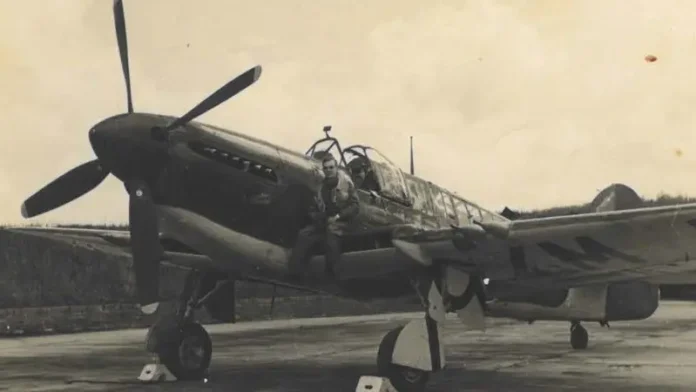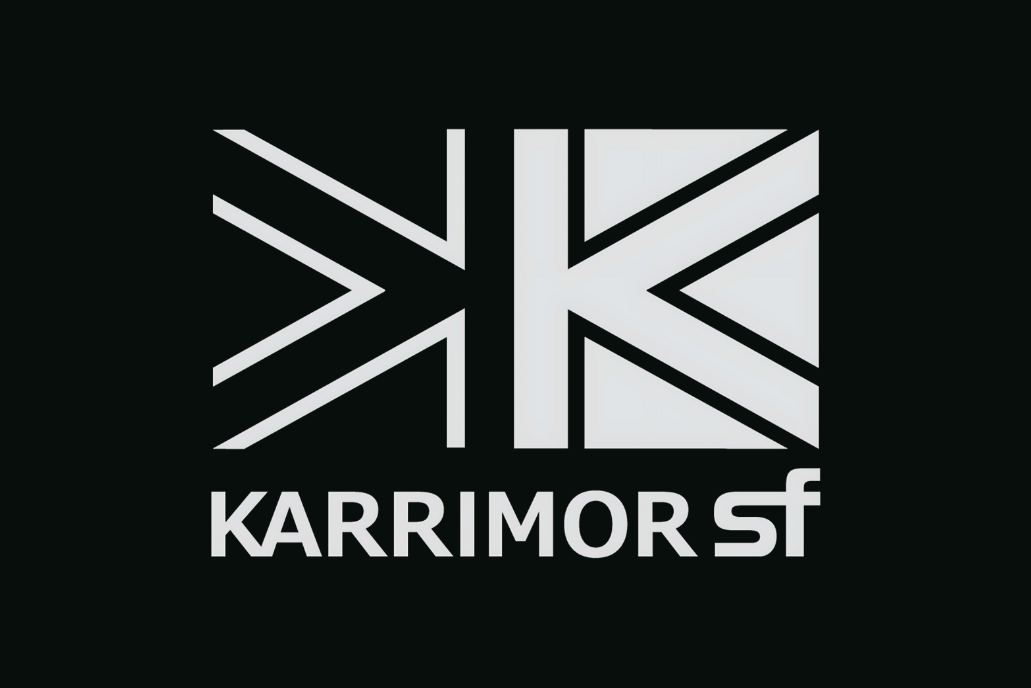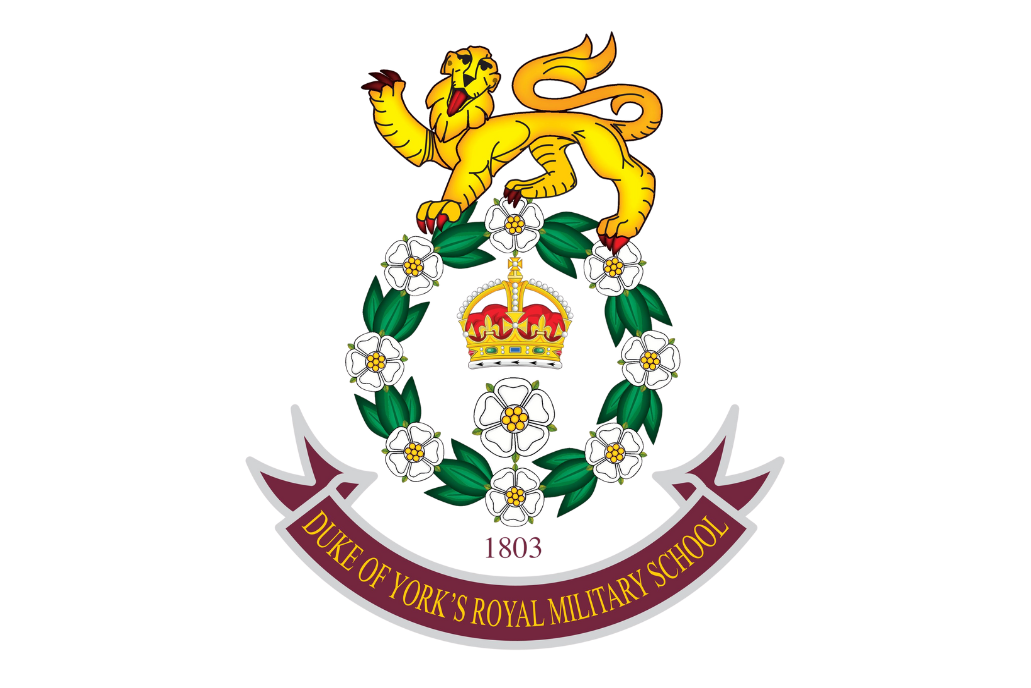At 103 years old, John Barnes might just be one of the last living links to the cockpit of a Fairey Swordfish biplane, and to a daring moment of wartime heroism that helped protect an Allied convoy from a lurking German U-boat.
In a moving and often light-hearted interview recorded with Guernsey’s Lieutenant Governor, Lt Gen Richard Cripwell, Barnes recounted his time in the skies and at sea during the Second World War. The conversation, part of the Island Memories Project, a collaboration between BBC Radio Guernsey and Guernsey Museums, aims to preserve the island’s living connection to the war.
“It was just something I was part of,” he said with remarkable modesty, looking back on his 23 years of service. But there’s one moment he’ll never forget.
“That Was My Best Effort in the War”
It was 12 May 1943. Barnes, then serving aboard the escort carrier HMS Biter, had just taken off when he spotted something ominous, a German U-boat on the surface, attempting to sneak ahead of the convoy.
“I went straight in and dropped my depth charges,” he recalled. The blast disabled the submarine, and destroyer HMS Broadway delivered the final blow. The target was later confirmed as U-89.
“That was my best effort in the war,” Barnes said simply.
From London to the Skies
Born in London, Barnes joined up at the start of the war as a naval airman second class. After basic training, he was sent to Canada for flying school, eventually piloting the rugged yet beloved Fairey Swordfish, famously open-cockpit, and not for the faint-hearted.
“It was a lovely plane to fly,” he grinned. “Especially if you liked fresh air.”
From convoy protection missions in the Mediterranean to the often turbulent skies over the Atlantic, Barnes saw his share of danger. Torpedo attacks? “Once or twice,” he chuckled. “But they missed, so that was it.”
Lost Over Iceland
Not every mission went to plan. During one flight through the Denmark Strait, bad weather and a drifted convoy position left Barnes and his crew lost with almost no visibility and dwindling fuel. With radio silence still in effect, they made for the nearest land, eventually landing near Iceland’s remote Snæfellsnes Peninsula.
“We landed near Malariff lighthouse,” he remembered. “One of the crew stayed with the plane, and the rest of us trekked through gale-force winds to find help.” They were rescued and reunited with HMS Biter the next day.
Life After War
While HMS Argus, “the original carrier, built in 1918,” Barnes noted, was his first posting, it was life on Biter that brought both boredom and adrenaline. “You could be stuck in rough weather for days, just sitting on the stern watching the altimeter rise and fall with the waves.”
Though the war shaped his early life, Barnes rarely looks back. “Just some of the good friends I lost, I remember so well. That was war.”
After moving to Guernsey in the 1960s, he’s now sharing his story as part of an important oral archive that ensures these memories live on, not just in history books, but in voices.
















